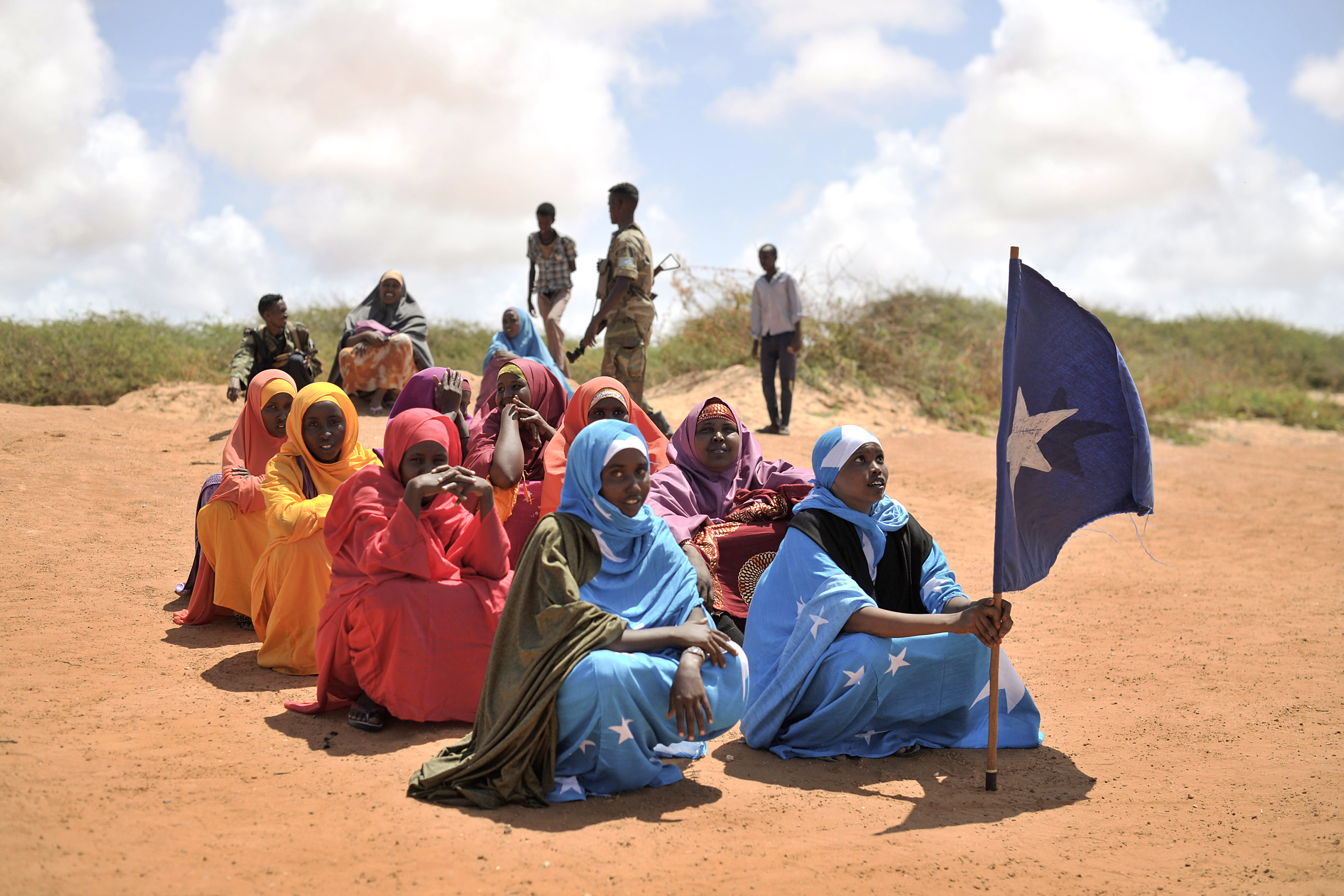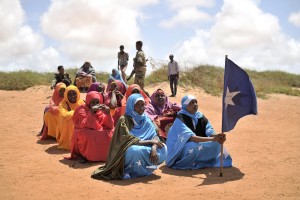A bright future for Somalia

Earlier this month, al-Shabaab leader and military commander Ahmed Abdi Godane was killed by a United States drone strike.

Earlier this month, al-Shabaab leader and military commander Ahmed Abdi Godane was killed by a United States drone strike.
Along with several other militants, Godane was killed days after African Union troops initiated Operation Indian Ocean.
This is a strategic military operation that is aimed at taking back several significant key ports in Somalia, including port town Barawe, which has been under al-Shabaab control for several years.
His death comes just one year after the attack on the Watergate Shopping Centre in Nairobi, Kenya.
Godane, who until his death was the mastermind and brutal dictator of the group, has been largely responsible for its brutal tactics, ranging from targeted assassinations, weekly car bombings and attacks in Kenya and Uganda to fierce territorial rule in several regions around Somalia.
Al-Shabaab lost much support from Somali natives; the group prevented much-needed humanitarian aid and support workers from getting to areas that were heavily affected by 2011-2012 East African Drought.
Al-Shabaab, which was formed in late 2006 as an outcome of the failed Islamic Courts Union, is believed to have fighters in the thousands.
Its name is ironically derived from the Arabic word for “the youth.”
However, there is nothing youthful about al-Shabaab.
In fact, the cynicism of the group and the destruction that follows, is the complete opposite of youthful.
Support for the group continues to be dwindling both in Somalia and around the world, where people in the diaspora are beginning to see that al-Shabaab is an impediment to Somalia’s development.
Somalia is going through a vital stage in its history and the election of President Hassan Sheikh Mohamud is symbolic of this new era.
Mohamud, an American-educated former dean of SIMAD University, a private university located in Mogadishu, was also named one of Time magazine’s 100 most influential people in the world.
There is no doubt that under Mohamud’s leadership, Somalia has been able to develop.
But what is most important is how al-Shabaab has been, and continues to be, an obstacle to that development.
Al-Shabaab is the anchor holding Somalia back from reaching great limits. It is single handedly ruining every chance Somalia has at becoming a fully functioning democratic country.
As the world watches with uncertainty whether or not a potentially violent power vacuum will occur within al-Shabaab, one thing is certain: Godane will surely not be missed and Somalia will be able to continue up the road to recovery relatively peacefully.
The death of Godane and other key members in the past years, along with the al-Shabaab’s loss of key Somali cities, has become an indicator that Somalia is heading into a different era.
These developments will certainly enable the Somali government to focus and strengthen other areas.
Such areas include, job creation, provision of accessible social service and the promotion of democracy and good governance.
Mogadishu, Hargeisa and Kismayo are all cities that are beginning to show life reminiscent of what Somalia was long before al-Shabaab and other socio-economic and political puzzles came along.
Moreover, long before the war, Mogadishu was known as the “white pearl” among European tourists.
Although Somalia is by no means the white pearl it used to be, progress is being made.
Many young, educated Somalis in the diaspora are flocking back their homeland, not to fight al-Shabaab’s battles but to put to use their medical, engineering and legal education in order to rebuild the place that was once home.
There is no doubt that Somalia’s road to recovery will be rough and rocky, but progress is being made and there is much to be optimistic about.


